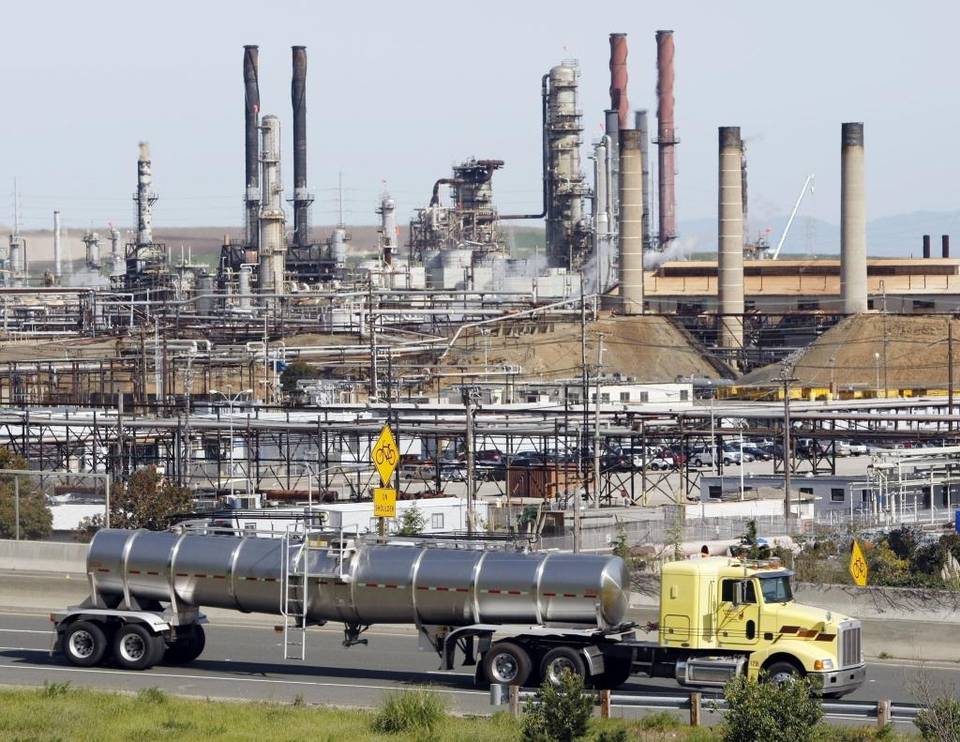California's Newest Dilemma: Cap-and-Trade
BY ANTONIO CASTILLO

For years, California has been constructing a legacy as the most progressive state in the Union. In 2012, approximately 34 percent of American welfare recipients lived in California, and the state ranked third among states in per capita welfare spending. Ronald Reagan, governor of California from 1967 to 1975, is rolling in his grave.
In 2012, California became the first state to implement a comprehensive cap-and-trade program, a hallmark of the liberal agenda. The policy relies on the government to set a total limit on annual emissions of greenhouse gases; this is the “cap,” which is designed to shrink each year. After the government sets the cap, it allocates allowances to large companies that emit more than 25,000 metric tons of carbon dioxide for portions of the total limit. The government then auctions off these allocations, or permits, to the highest bidder. Companies are penalized if their total emissions exceed their allocation, but they can also sell off any unused allowance to other producers; this is the “trade.”
However, the future of cap-and-trade remains uncertain. At the program’s onset, the California Chamber of Commerce filed a lawsuit seeking to have the program declared an unconstitutional tax. Article 13, Section 3 of the California Constitution requires a two-thirds majority for the legislature to approve new or higher taxes and fees. Whether the program, which did not achieve two-thirds approval, is unconstitutional depends on whether the cap-and-trade revenues constitute either a tax or a fee. According to Carson Bruno, a fellow at the Hoover Institution at Stanford University who studies California policy, “These auction revenues fit the definition of both a tax and fee. They are imposed by a government entity, spent on government activities and are collected in exchange for a transaction – in this case a permit to emit greenhouse gases.”
Moreover, recent permit auctions have been described as “washouts” and “sputtering.” For instance, throughout 2016, quarterly auction sales were disappointing. In May, about 10 percent of permits sold. These poor results have carried over into 2017. At this year's first quarterly auction, barely 16.5 percent of permits sold. Such results not only invite doubts concerning the program’s effectiveness, but also raise budgetary concerns. The paltry revenues will likely stall Gov. Jerry Brown’s high rolling 2017-2018 budget plan. In fact, Gov. Brown announced that the state is projected to run a $1.6 billion deficit. Particularly, the shortfall might delay the construction of Gov. Brown’s $64 billion bullet train, to which a significant portion of cap-and-trade revenues are directed.
On the bright side, Chris Busch, Director of Research at Energy Innovation, reports “California has progressed toward its 2020 emission reduction target much faster than anticipated due to the success of other state policies like efficiency standards for cars and buildings.” Those policies, coupled with the 2008-2009 economic recession and the resulting industrial decline, contributed to sub-par auction performance. Such factors reduced emissions and thus demand for carbon allowances. While manufacturing employment has improved nationally, California has been the slowest to recover such jobs. California’s high regulatory costs partly contribute to the slow gain of jobs. Environmental regulations force industrial companies to limit their carbon emissions and hence their production. Even Tesla Motors, an electric car company, decided to place a factory in Nevada rather than California due to the high cost of conducting business in California.
All in all, California’s cap-and-trade program is under serious threat. Besides the prospective legal fallout, the program has severe economic pitfalls. Because of the success of the state’s environmental regulations, carbon emissions have reduced to the point where demand for carbon credits has fallen. Thereafter, the government produced a budget deficit partially due to low carbon permit revenues. At the same time, the environmental regulations, which reduced carbon emissions and permit revenues, have stunted industrial production. Therefore, the cap-and-trade program has little to no political value, even from an environmentalist perspective. State officials should cut their losses since the resulting bureaucratic conundrum and regulatory mayhem will have longterm consequences for the state, not just cap-and-trade.
